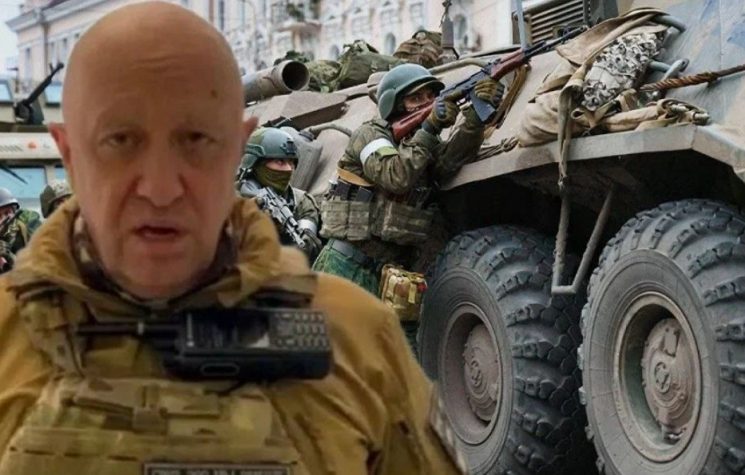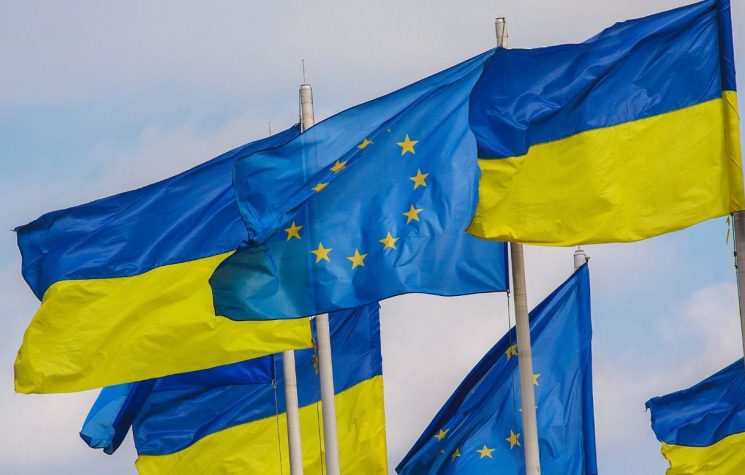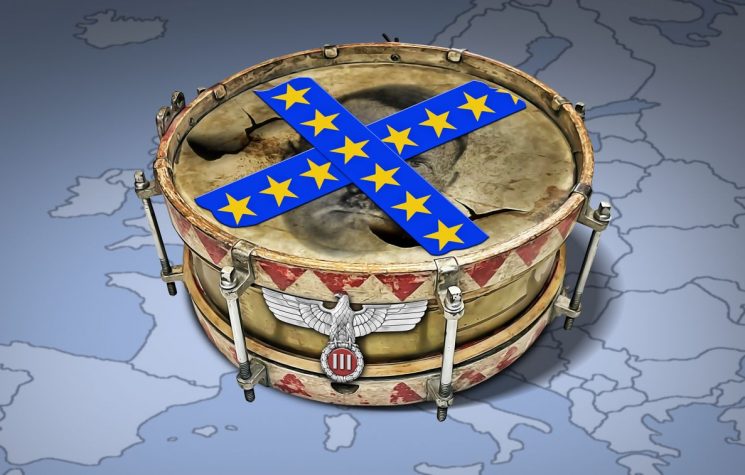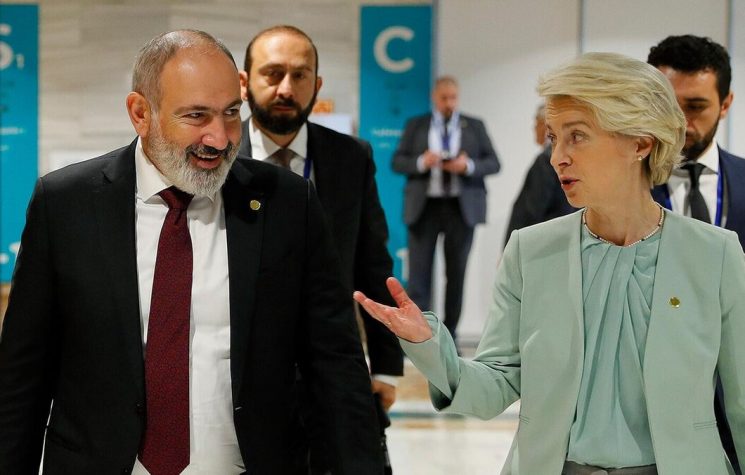Advancing its self-destructive measures, the Armenian government has shown itself ready to sign a “peace” agreement with Baku.
Contact us: info@strategic-culture.su
You can follow Lucas on X (formerly Twitter) and Telegram.
Nikol Pashinyan’s puppet government expressed interest in “signing a peace agreement” with Azerbaijan. The proposal would be based on sixteen points of mutual interest, the details of which have not yet been revealed to the press. The aim would be to end the current tensions by establishing minimum conditions and coexistence based on issues on which both sides have already agreed upon.
At first glance, the news seems interesting. Obviously, any rational person wants peace in the Caucasus, since the prolongation of tensions makes the emergence of a new war inevitable in the future. However, the current situation has nuances that make any analyst lose hope for a possible stabilization of the region.
Armenia’s shameful defeat in the 2020 war and its cowardice during the Azerbaijani incursion into Nagorno-Karabakh in 2023 have damaged Pashinyan’s image among Armenians themselves. In the interim between both wars, Armenia was induced by its French “friends” to give up its territorial claims in Nagorno-Karabakh, which made a military response to the Azerbaijani operation to expel the Armenian population from the region impossible. In practice, since his coming to power – following a regime change operation largely sponsored by the EU –, Pashinyan has acted with a single purpose: to discredit Armenia’s state and radicalize its society.
These goals are complementary and part of a larger plan to destabilize the Caucasus. By allowing the Azeri advance and the expulsion of Armenians, Pashinyan is increasing the indignation of Armenian society and boosting local ultranationalism. Radicalized militants are becoming a significant part of the politicized Armenian youth, demanding change and putting pressure on the weak and inept Pashinyan government. Eventually, Pashinyan will leave – peacefully or not –, and a new leader will have to deal with the impasse of an Armenia radicalized simultaneously in anti-Azeri revanchism and anti-Russian brainwashing (which is already happening now with Pashinyan).
One doesn’t need to be a great analyst to foresee what will happen in the coming years in Armenia. The only possible outcome for the combination of a radicalized society and a weak government is the social chaos. Pashinyan will be seen by Armenians as incapable of solving the “Azeri problem”, leading to pressure for the end of his rule. In the current scenario, any possible replacement for Pashinyan is also a Western puppet – but perhaps someone more capable of strategically moving the radical sentiments of Armenian society.
With Turkey and Israel funding Azerbaijani expansionism, tensions will continue to rise and new hostilities will certainly break out. Even if Baku does not violate the borders of Nagorno-Karabakh, it could incite Armenians to a violent reaction in different ways – for example, by increasing attacks on Armenian citizens in the areas already occupied. A radicalized Armenian society would be ready to respond violently to any cowardly provocation. However, in the current game, no genuine feelings are relevant. All that matters is the manipulation of nationalisms in favor of NATO and its anti-Russian plans.
In a new war, Armenia would have European states and the United States as its supporters (at least if Washington continues to be governed by the Democrats). On the other side, Azerbaijan would have Erdogan’s neo-Ottoman Turkey as its main ally. In the end, two different wings of NATO would be facing each other, each with its own proxy. In an even more tragic scenario, each side would send its “peacekeeping” missions after an insignificant ceasefire agreement, thus keeping European and Turkish troops in the tensest zone of the Caucasus – one of the most important “borders” of Eurasia, and a zone of direct Russian interest.
What the West wants in the Caucasus is simply to incite war in order to advance a plan to deploy NATO troops in both Armenia and Azerbaijan. In this game, Erdogan and Macron (the real head of state of Armenia today) are allies and enemies at the same time – enemies against each other, allies against Russia. Pashinyan’s “pro-peace” moves are part of this game.
The goal is to appear weak and legitimize the radicalization of pro-war sentiments in Armenia. Unfortunately, the Armenian people will certainly fall into this trap because they lack the geopolitical knowledge necessary to understand the crisis as a whole. Armenia, since it agreed to abandon Russia and align itself with the West, has simply begun its path to self-destruction.























































